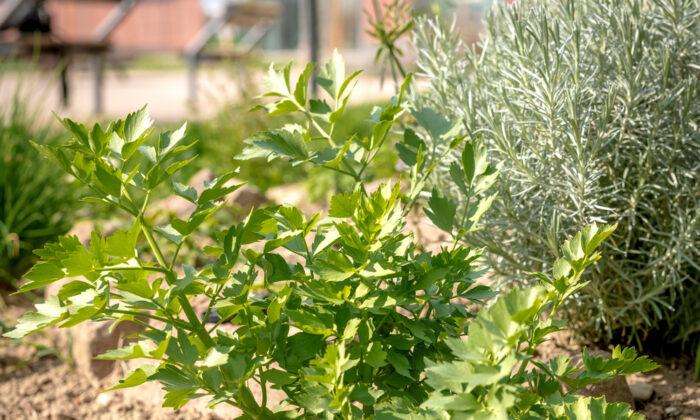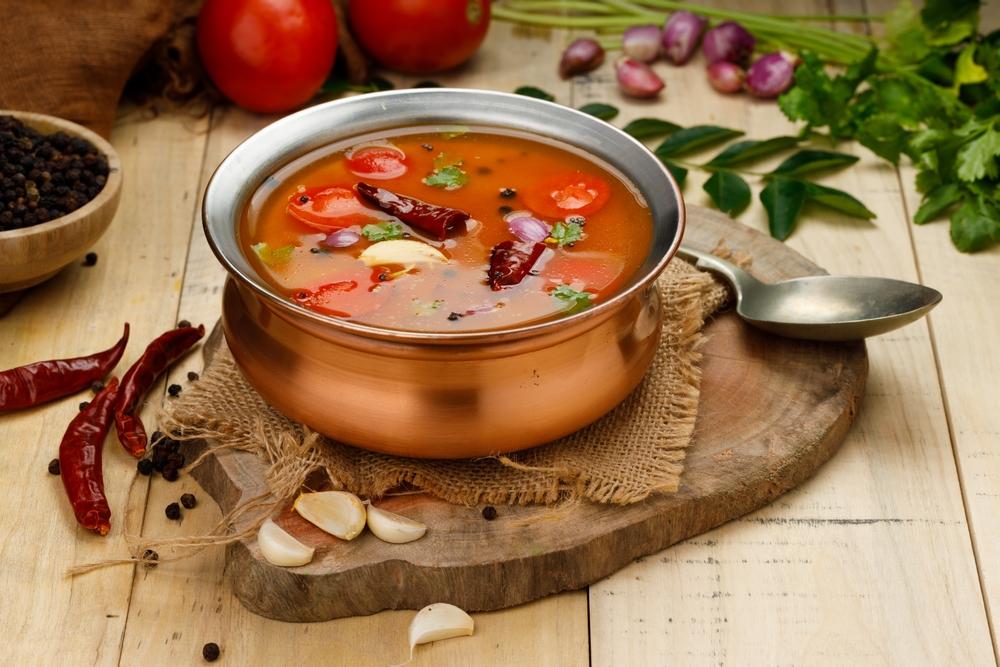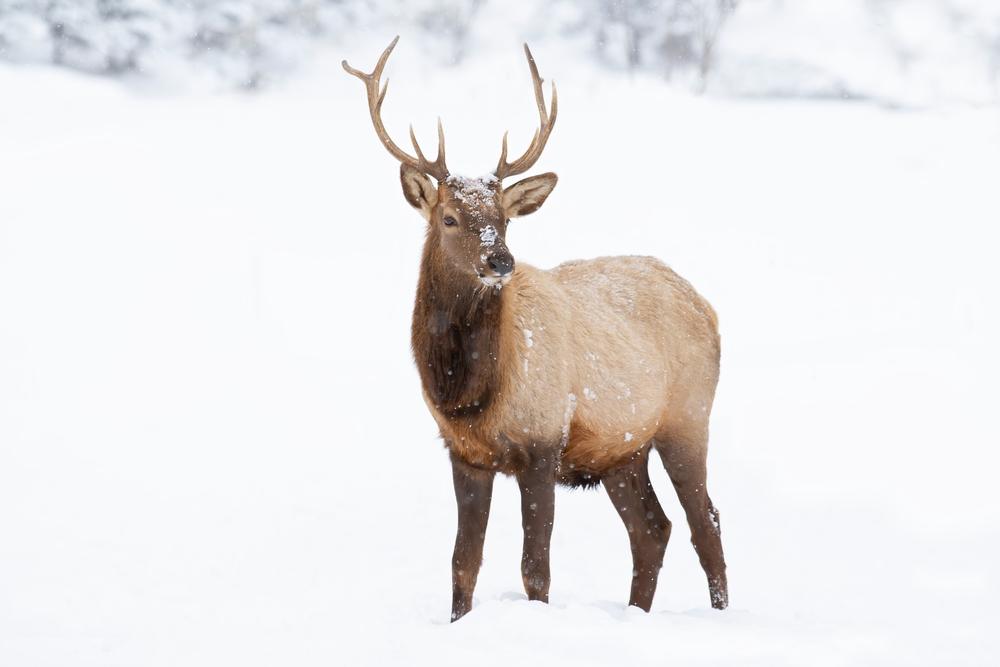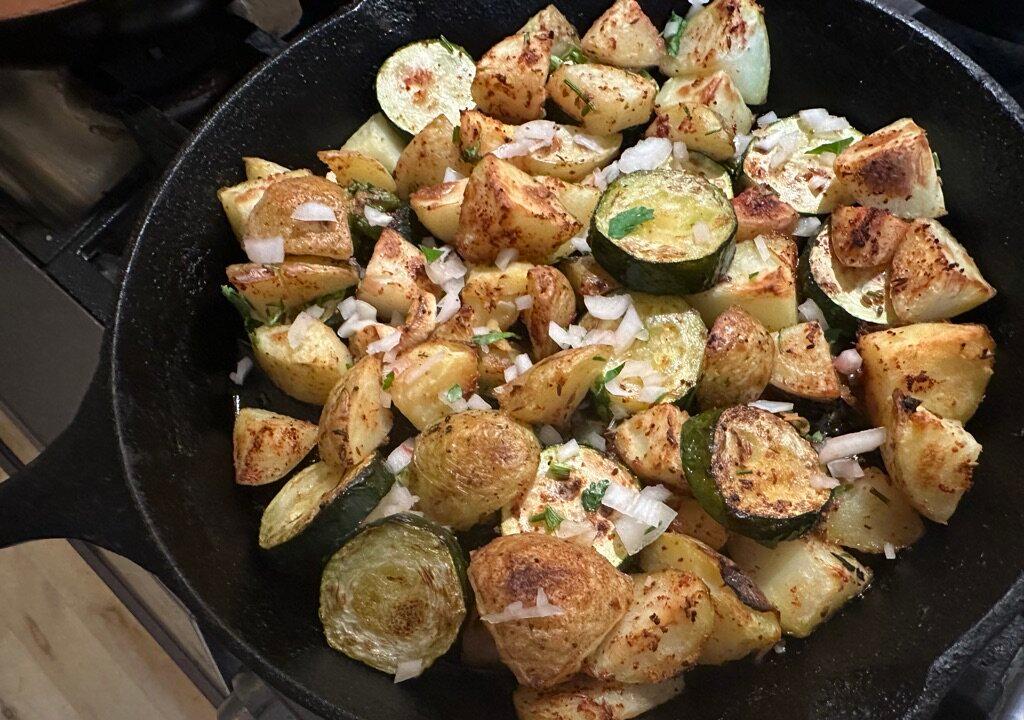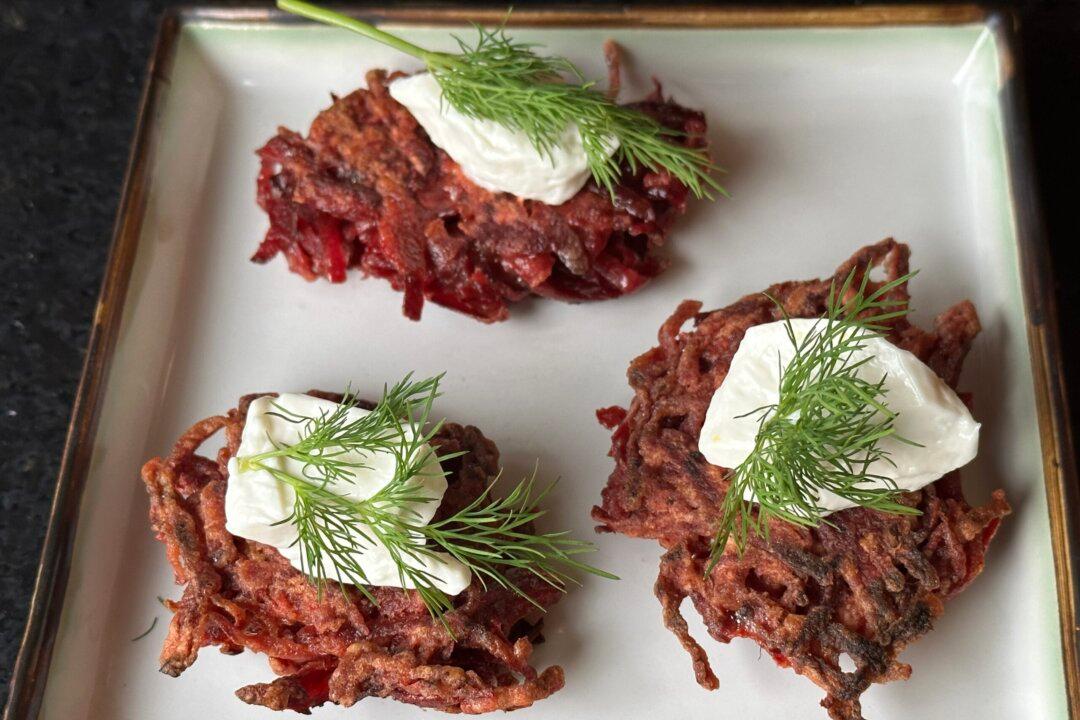I first felt the power of lovage in a box of Rapunzel brand Vegetable Bouillon With Herbs. After my first taste, I had to double-check the label to make sure that it was, indeed, meat-free. Then I read the fine print to figure out why.
Along with some familiar suspects—garlic, celery, parsley, dill, basil, turmeric, brewer’s yeast, salt, and oil—the bouillon contained this crazy little ingredient called lovage. I figured it was the missing link to complete the flavor of this satisfying elixir. I searched the grocery stores around town and found two more brands of vegetarian stock that also contained lovage. These brands also had rich, deeply satisfying flavors.
At the local herb store, there was a small jar of dried lovage root hiding behind the lungwort in what appeared to be the Harry Potter section of Butterfly Herbs. It had a smoky, musky flavor that wasn’t what I wanted in food. Probably great for spells and stuff, but not for soup stock.
Levisticum officinale was first brought over by European settlers, who used every part of the plant as a vegetable, herb, or medicine. Obscure yet ubiquitous, the plant now grows wild from Florida to Saskatchewan. Lovage is a tenacious plant, happy to be ignored, with no immediate relatives. Distantly related to celery, parsley, and dill, it has the flavor of supercharged celery, and makes your mouth a little numb, like Sichuan pepper. This tingling action, like a low-level electric current, opens up intriguing possibilities for drink mixing.
The Missoulian is a lovage-based drink from Missoula, Montana. It’s named after a softball team and is composed of gin, huckleberry shrub, and club soda. You serve it with a lovage straw—aka the hollow stalk.
“Folks who really love lovage can muddle a leaf or two at the bottom of the glass,” said the drink’s co-creator, Marc Moss, who has multiple lovage plants in his yard. It’s a lovely combination, with the bitter, aromatic lovage harmonizing with the juniper berries of the gin amidst the earthy sweetness of the huckleberries.
If you don’t have lovage plants of your own, good luck finding any fresh lovage straws. Based on my experience at the herbs store, I’d be hesitant to order any lovage products from afar. So this is a gardening column as much as a cooking column. I’d order some seeds right now. If you have any extra after planting, you can chew on them in church to help stay awake, as the early New Englanders did.
I finally found lovage at the farmers market, in the form of a potted plant for sale. I brought it home, where it became the toughest plant in the yard. Like a weed, lovage thrives on being ignored, but it doesn’t spread (maybe it would if I watered it). Every year, the lovage grows tall and beautiful, with more flavor than I could enjoy in 10 lifetimes.
Finally, with fresh lovage of my own, I sipped Missouligans and messed around with broth-making. First, I used the ingredients on the Rapunzel label. It was so good I had to let down my hair. But I also tried a simpler version with just lovage, carrot, onion, and celery. After cooking everything together and straining the chunks, I was left with an aromatic broth as hearty as it was thin. I used it to cook a pot of black beans. They turned out savory and meaty—even when I didn’t add pork—thanks to that satisfying whiff of lovage.
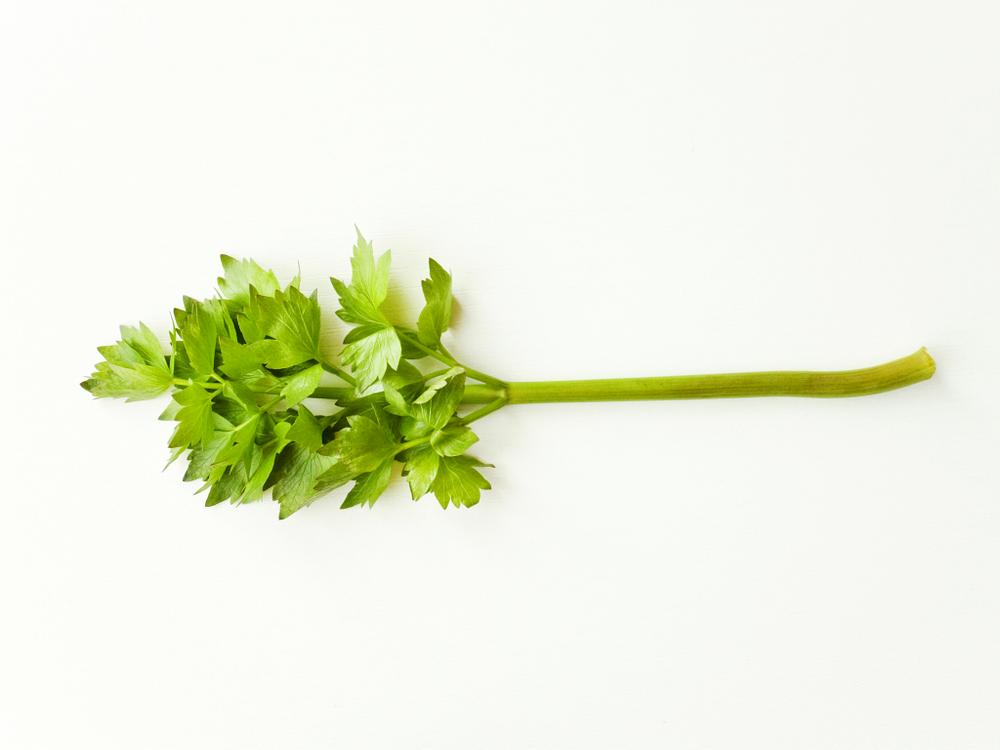
Lovage Bean Soup
The beans take on an extra savory tone, thanks to the lovage. And if you’re inclined to add pork, you know that never hurt a pot of beans.This recipe leans south-of-the border, deep into bean country. In this context, the lovage is a nod to the fragrant epazote, and you can serve with rice and garnish with chopped onions.
- 1 pound dry black beans, or three 16-ounce cans
- 1/2 cup chopped fresh lovage, including leaf, stem, and root
- 8 medium carrots, whole
- 8 stalks celery, chopped coarsely
- 3 tablespoons olive oil
- 1 large onion, chopped
- 1 bunch parsley, chopped in half, with one green leafy side and one side of mostly stems
- 1 tablespoon garlic powder
- 1 tablespoon celery salt
- 1 tablespoon oregano
- 1 teaspoon cumin
- 1 teaspoon coriander
- 1/4 cup cider vinegar
- 1 pound pork belly, ham, or other pork of choice, in large chunks
- Salt and pepper to taste
Add the lovage, carrots, and celery to a large pot of water. If you have a pasta basket insert, use that, for easier removal of chunks when the time comes.
In a pan, fry the onions in the olive oil on medium until the onions turn translucent, about 5 minutes. Turn the heat to low, add the parsley stems, and cook until the onions start to brown but not quite burn, about 10 minutes. Add the parsley leaves and stir everything around for a moment, then turn off the heat.
Add the fried onion and parsley to the pasta boiler, along with the dry spices and the vinegar. Let it continue cooking until the liquid has reduced to just below the basket. Then strain the chunks—or remove the pasta basket with the chunks—and add the cooked beans to the stock.
If using canned beans, include the liquid. Add the pork if using. Put the pasta cooker and veggies back in, on top of the beans, and simmer for at least 1 hour, seasoning with salt and pepper as it cooks. Simmer it for hours if you can, all the way down to thick beans. Serve with rice and chopped onion or chives. And minced lovage leaf.

